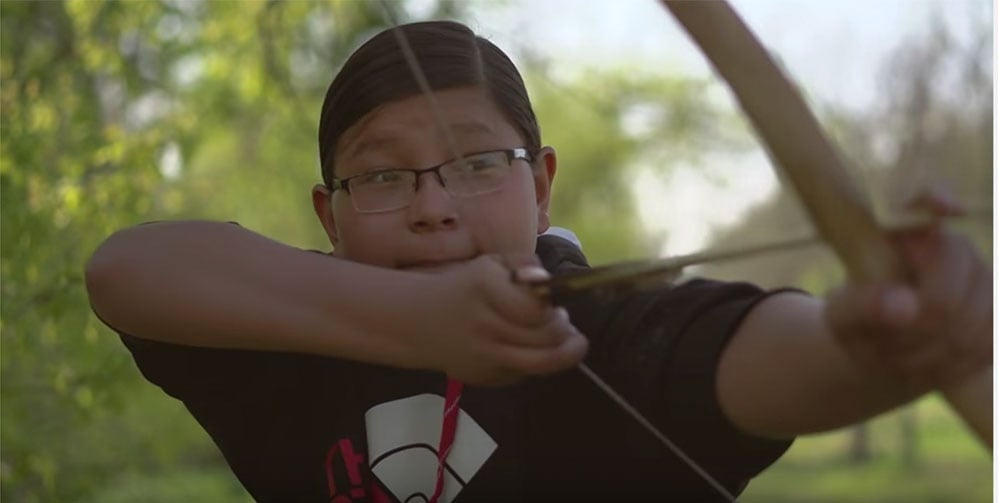Aug 10, 2018 | Native Hope
Have you ever been so wrapped up in a story that you forgot about your worries and escaped from your troubles?
Have you ever been hungry to find out what happens next in a story about make-believe people in a make-believe place, and not understood why you’re so invested in their fairytale?
Or, have you ever been in the heart of a crisis, and someone told you a story that gave you hope and opened your eyes to the joy beyond the hurt?
If so, you’re not alone.
A story is a powerful, unifying tool that connects mankind, breaks down barriers, and heals wounds.
What is it about the stories and legends we hear that captures our hearts and minds so deeply? In this article, we are exploring the science behind the phenomenon of storytelling.
Before it’s possible to understand why a good story keeps us fascinated, it helps to think about what a story is and how it’s structured so we can better understand the stories of our own lives.
A simple framework with great power
Many powerful stories consist of the same sorts of basic elements:
- The main character
- Some sort of problem
- A helper or guide
- A plan of action
- The threat of failure
- Ultimate success
When these elements are in play, a true story is being crafted, one that appeals to our sense of drama and encourages us to become invested in the ultimate success.
What is it about this simple framework that works its captivating magic, eliminating distractions and inciting focus, personal investment in whether the character will overcome the problem, and the abilities to calm nerves and heal pain?
The neuroscience of storytelling
According to science, one reason the brain falls in love with a good story is because hearing stories encourages the release of the hormones oxytocin and cortisol. Oxytocin is a hormone that controls things like empathy and social interaction. Cortisol is connected to the stress response.
When a story introduces a likeable character facing a difficult problem, oxytocin causes the brain to empathize with the character’s situation and cortisol causes the brain to feel stress over the character’s problem. These reactions lead to the listener/reader being invested in the character’s plight. This connection can be so strong it can move people to action — from something as simple as hanging on the edge of their seat to something as radical as joining a movement or donating to a cause.
However, the almost intoxicating effects of oxytocin and cortisol are not the only contributors to the human fascination with storytelling. Another key player is a story’s ability to organize thought. The consistent structure of a story is a powerful tool the brain uses to make sense of the world. When the brain encounters something that doesn’t add up, its instinct is to fill in the missing story elements in search of coherence.
Stories, because of their imaginative power which engages the brain, have much greater impact than simple facts. Increased brain engagement leads not only to increased thought on the engaging topic, but increased memory as well. When that engagement and memory are controlled and focused in a positive way, the brain’s love for storytelling can be the key to healing and happiness.
The healing power of stories
There’s no doubt about it: stories are powerful. When a person can identify their role in their own story as well as the individual elements of their story, they can then begin to understand their lives and the world they’re part of in a way most people never experience.
This idea of healing through storytelling is especially true in the Native American tradition. Storytelling is central to the cultural and oral tradition of Native Americans in this country.
Renda Dionne, clinical psychologist and member of the Turtle Mountain Band of Chippewa Indians, says, “Stories are how we come to understand ourselves and the world around us. For American Indians stories are medicine…being present with yourself and the audience and speaking from the heart.”
For Native Americans, living with the legacy of historical trauma passed down over generations, stories can provide powerful opportunities to see the bigger picture and to embrace strength, honor, and courage in the face of difficulty.
Stories are a bonding tool. They unite people in their quests to overcome turmoil because everyone can identify with and relate to a story.
Hearing someone else’s story can provide hope to the broken. Often, the only thing that can comfort someone who has lived through great tragedy or tough circumstances is the account of someone else who went through something similar and made it through, wounds and all.
When you understand the story you’re part of and the role you are capable of playing, you can heal the wounds of the past and focus on the challenges and joys of the present.
It’s just as important to share your own story as it is to hear the stories of others.
At Native Hope, we believe in the power of storytelling to dismantle barriers, bring healing, and inspire hope for Native people, and we aren’t alone. The science backs up our belief.
We are here for each other; we are here to share our experiences; we are here to heal.



COMMENTS